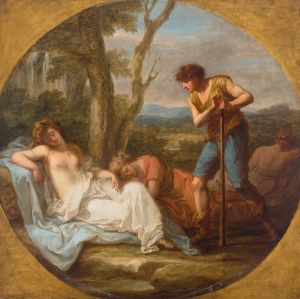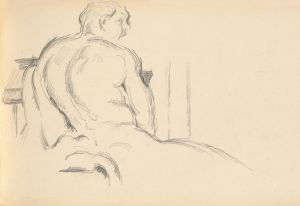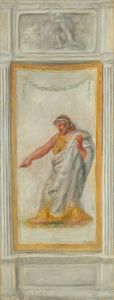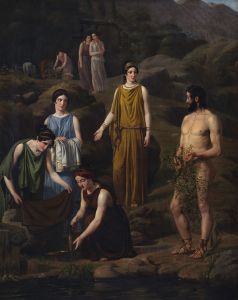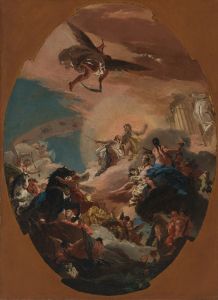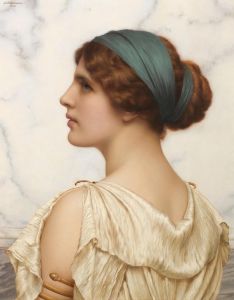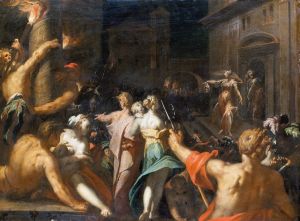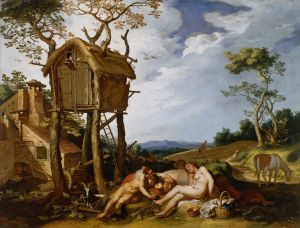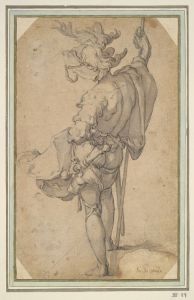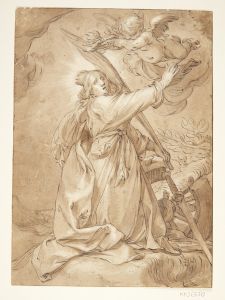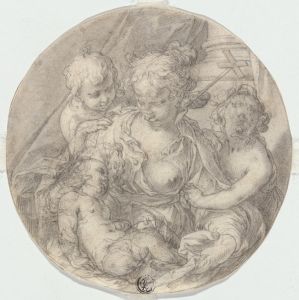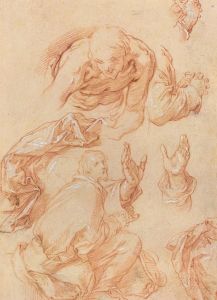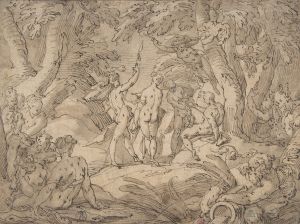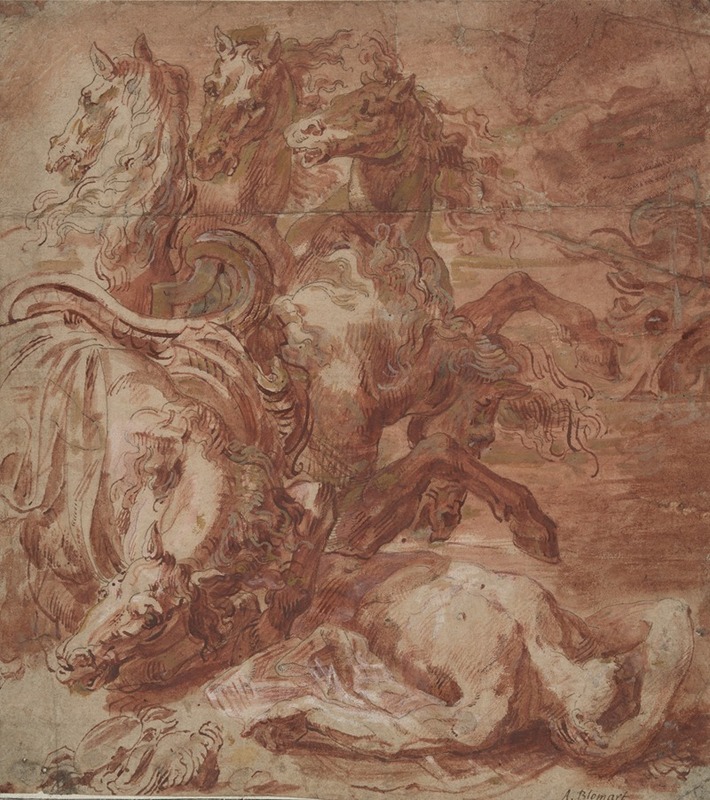
Hippolytus
A hand-painted replica of Abraham Bloemaert’s masterpiece Hippolytus, meticulously crafted by professional artists to capture the true essence of the original. Each piece is created with museum-quality canvas and rare mineral pigments, carefully painted by experienced artists with delicate brushstrokes and rich, layered colors to perfectly recreate the texture of the original artwork. Unlike machine-printed reproductions, this hand-painted version brings the painting to life, infused with the artist’s emotions and skill in every stroke. Whether for personal collection or home decoration, it instantly elevates the artistic atmosphere of any space.
Abraham Bloemaert (1566–1651) was a Dutch painter and printmaker, known for his versatility and his contributions to the development of Dutch Baroque art. One of his notable works is "Hippolytus," which depicts a scene from classical mythology.
"Hippolytus" by Abraham Bloemaert is a painting that illustrates the tragic story of Hippolytus, a character from Greek mythology. Hippolytus was the son of Theseus, the king of Athens, and either Antiope or Hippolyta, the queen of the Amazons. The myth of Hippolytus is most famously recounted in the play "Hippolytus" by the ancient Greek playwright Euripides.
In the myth, Hippolytus is a chaste follower of the goddess Artemis, the goddess of the hunt and chastity. He rejects the advances of Phaedra, his stepmother, who falls in love with him. Spurned and humiliated, Phaedra falsely accuses Hippolytus of trying to seduce her. Theseus, believing Phaedra's accusations, curses his son, calling upon the god Poseidon to punish him. As a result, Hippolytus is killed when his chariot is wrecked by a sea monster sent by Poseidon.
Bloemaert's painting captures the dramatic moment of Hippolytus's demise. The composition is dynamic, with a strong sense of movement and emotion. Hippolytus is depicted in a moment of intense struggle, his body contorted as he tries to control his chariot. The horses are wild-eyed and frantic, adding to the sense of chaos and impending doom. The background often includes a tumultuous landscape, emphasizing the violent and tragic nature of the scene.
Bloemaert's use of light and shadow in "Hippolytus" is masterful, highlighting the physical and emotional turmoil of the characters. The artist's attention to detail is evident in the rendering of the horses' muscles and the intricate patterns of the chariot. The dramatic lighting enhances the sense of tension and highlights the key elements of the composition.
Abraham Bloemaert was a prominent figure in the Utrecht Caravaggisti, a group of artists influenced by the dramatic lighting and realistic style of the Italian painter Caravaggio. Bloemaert's work often combines the naturalism of Caravaggio with the classical themes and idealized forms of the Renaissance. "Hippolytus" is a prime example of this synthesis, blending the emotional intensity of Baroque art with the classical subject matter.
Bloemaert's influence extended beyond his own work; he was also a respected teacher, and his students included notable artists such as Gerrit van Honthorst and Hendrick Terbrugghen. His contributions to Dutch art were significant, and his works are held in high regard for their technical skill and expressive power.
"Hippolytus" by Abraham Bloemaert remains an important work in the study of Dutch Baroque painting and the interpretation of classical mythology in art. The painting is a testament to Bloemaert's ability to convey complex narratives and emotions through his mastery of composition, light, and detail.





